Bachelor's Button (Centaurea cyanus) also known as: Cornflower, Garden Cornflower and Blue Bottle 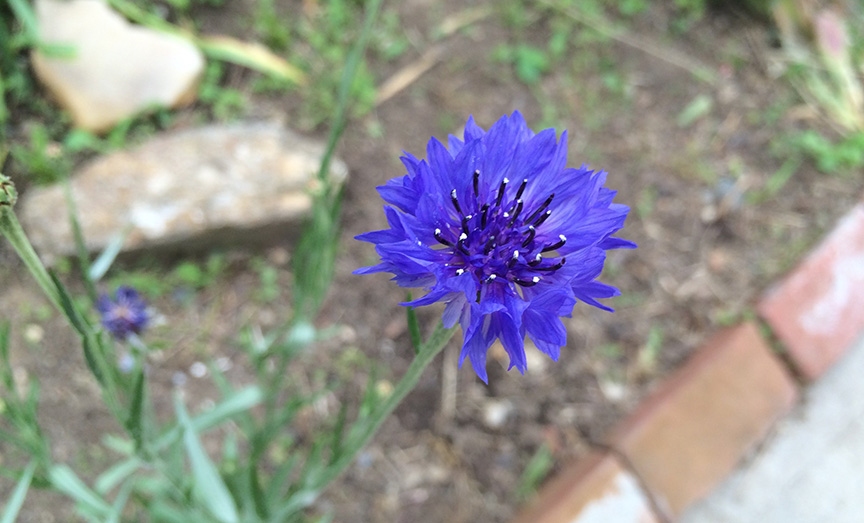 Division - Magnoliaphyta Class - Magnoliopsida Subclass - Asteridae Order - Asterales Family - Asteraceae Genus - Centaurea 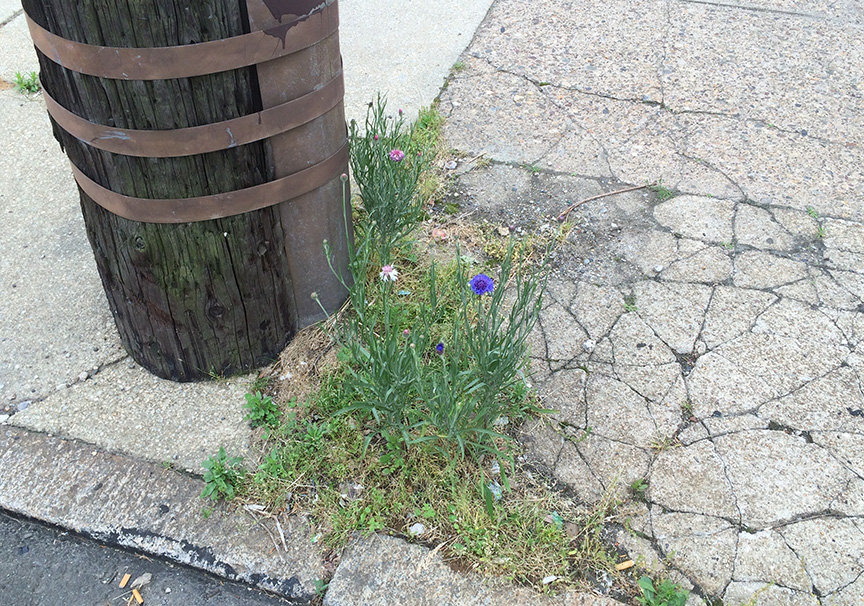 Though naturalized in the Philadelphia area, Centaurea cyanus is mostly encountered in Philadelphia as a garden escapee or volunteer. As a Centaurea, like Spotted Knapweed, it is part of the thistle group of Asteraceae, and behaves like one. It is an aggressively seeding annual. It was called cornflower because it was a common pest-species in grain-fields, as "corn" originally simply meant "grain". Despite this being the more "weedy" name, I went with the gardener's name "Bachelor's Button" because "cornflower" is used for other species as well, particularly Chicory (Chicorium intybus). Centaurea cyanus has been almost wiped out in Europe, where it is native, but has become widely naturalized in the United States and Australia. The flowers are normally a dark blue, but cultivars exist in other colors as can be seen on this page. Naturalized versions will normally be blue but gardeners tend to like mixed-color packets of seeds. The flowers of Centaurea cyanus are considered edible. The ray petals add color to salads and a blue dye used in foods is made from the common blue variety. An herbal tea is also made from the flowers. 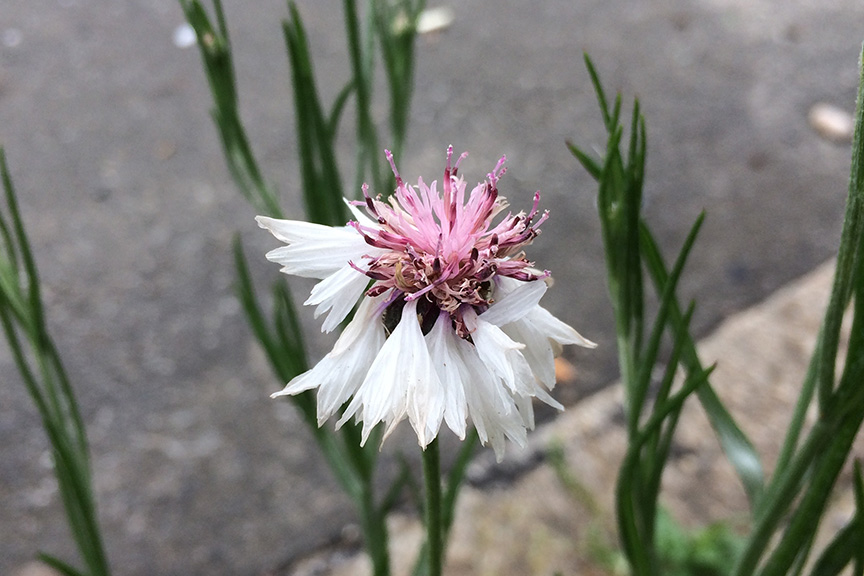 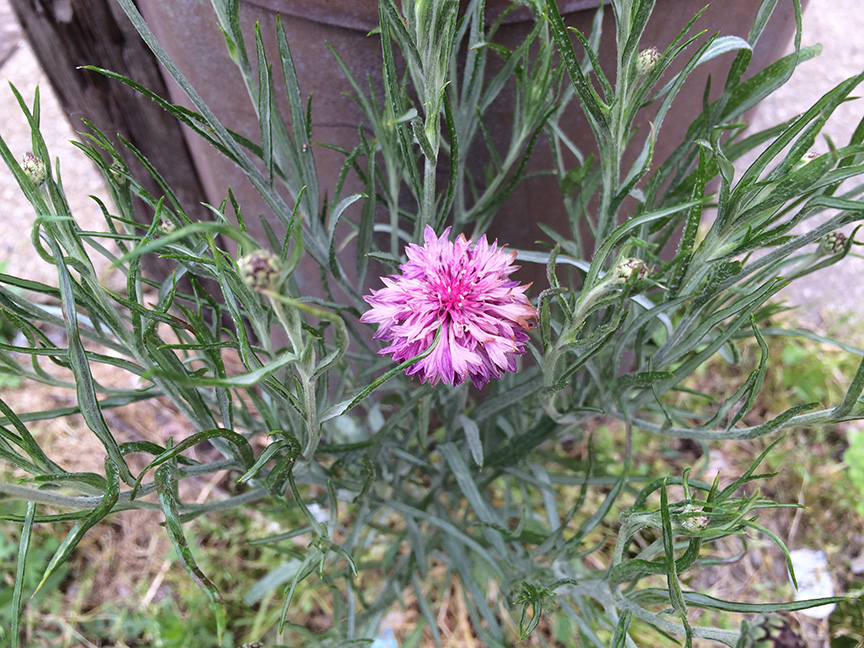 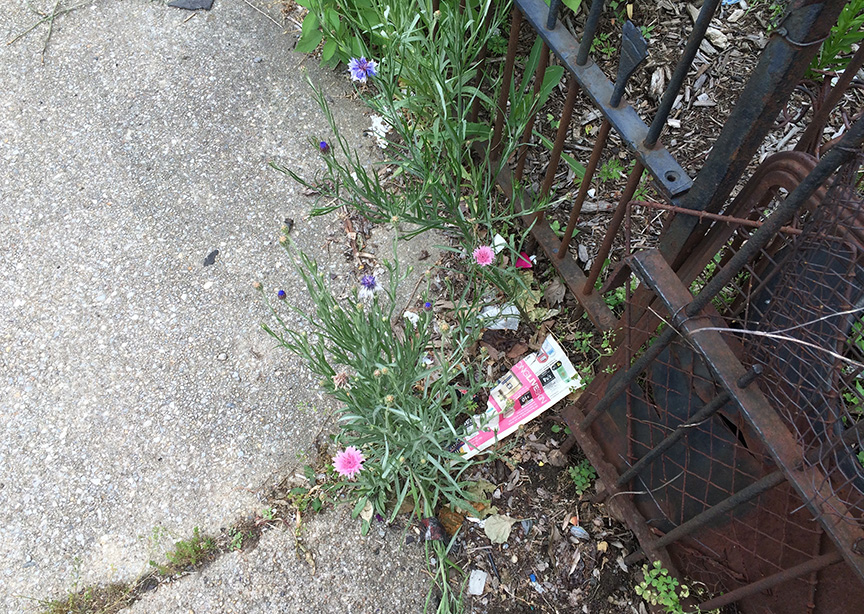 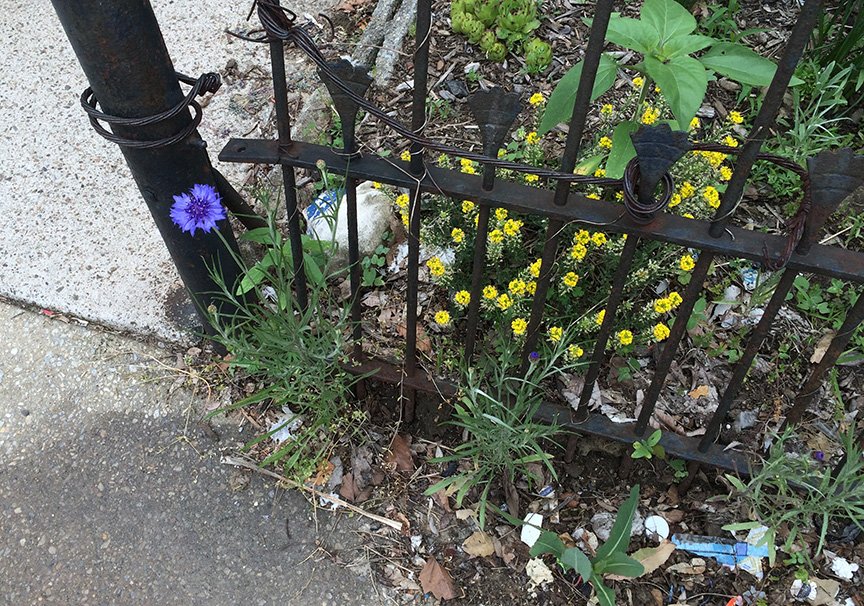 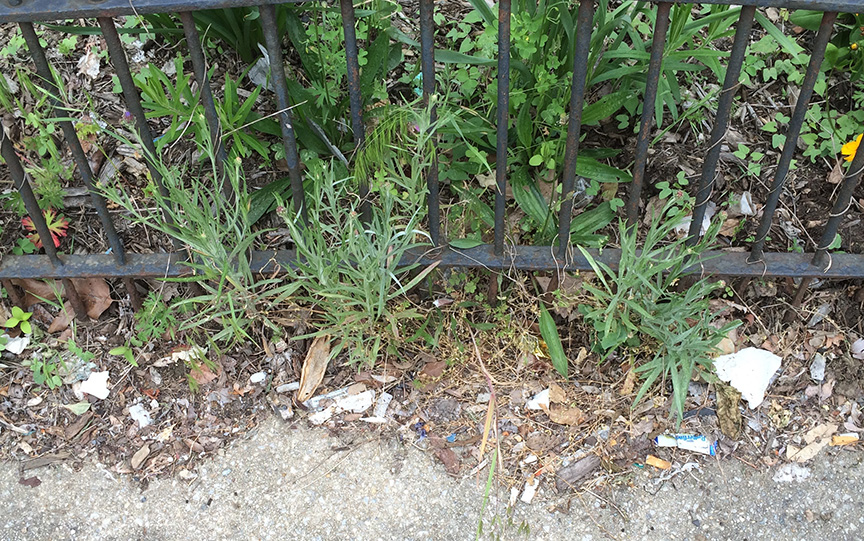 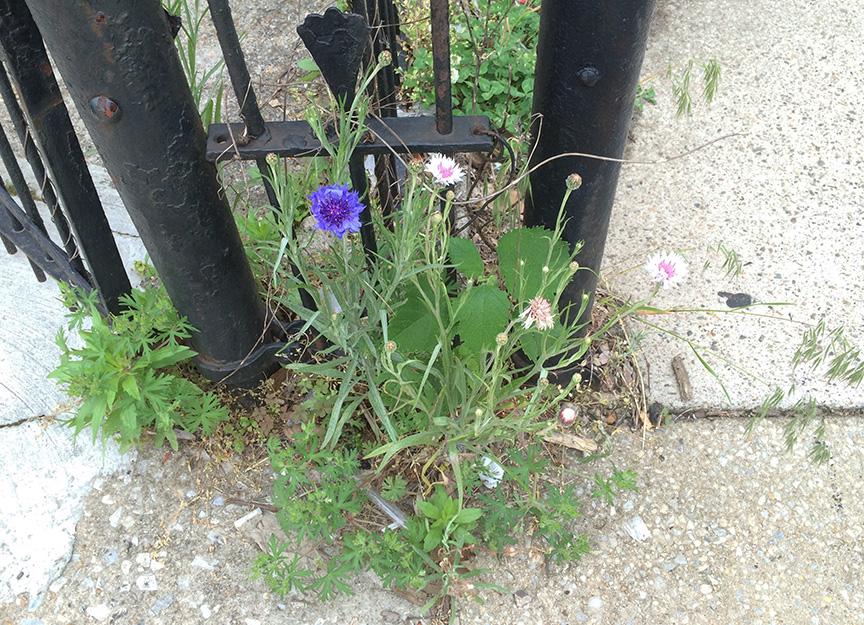 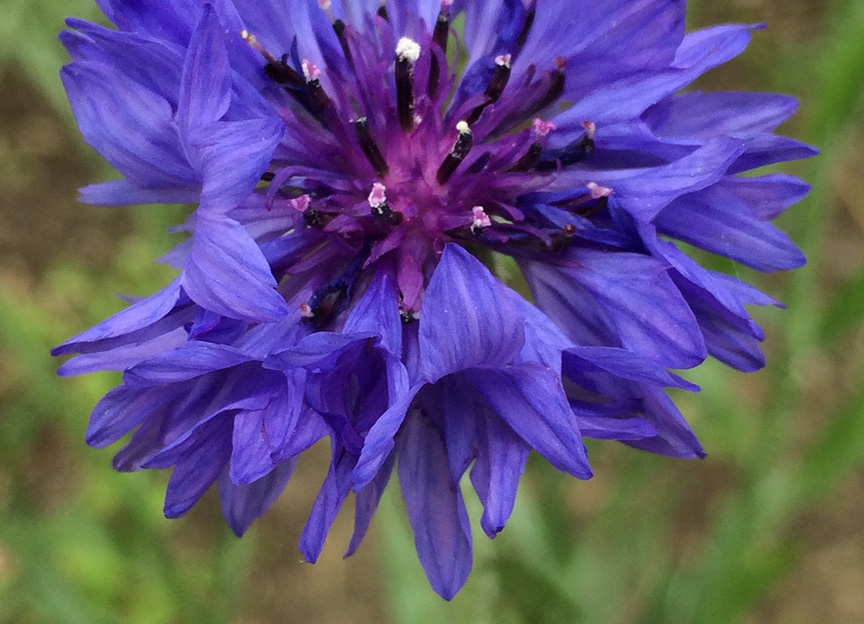  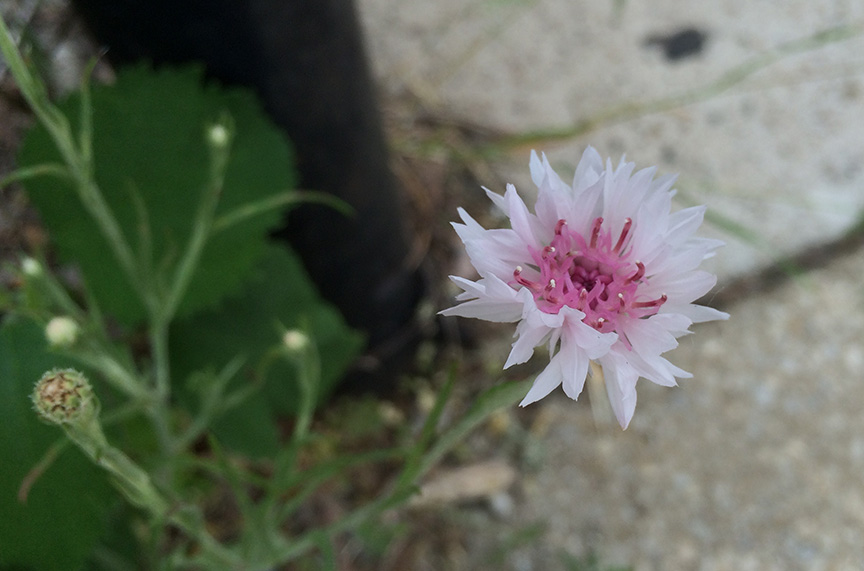 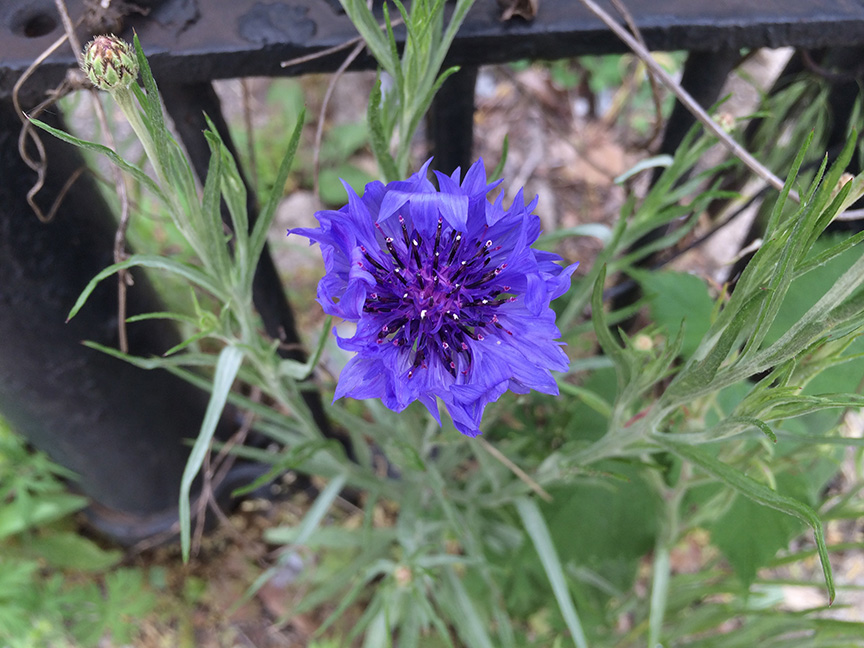 Taxonomic List List by Scientific Name |